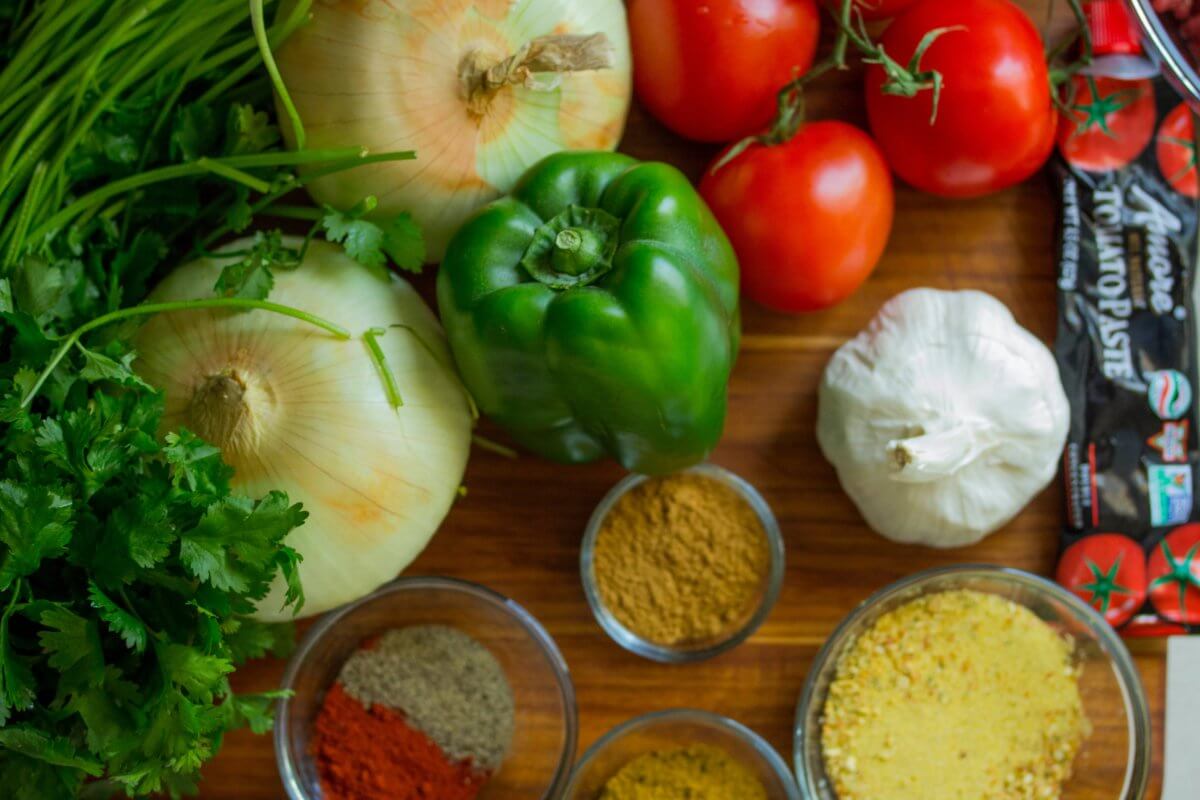BY ISABELLE BOUSQUETTE
Planning a big shopping trip to the grocery store can already be complicated during the coronavirus outbreak. And dealing with expiration dates on food makes it that much harder. You want to stock up as much as possible, but you don’t want to end up with five gallons of expired milk. So how can you limit your grocery outings and still keep your kitchen full of fresh food? To help you out, we spoke to Sarah Rueven, MS, RDN, CDN, a registered dietician and the founder of Rooted Wellness, and Aurora Satler, the author of The Ultimate New Mom’s Cookbook. They share their top tips and hacks for preserving food prolonging its shelf life.
Looking for safe grocery shopping tips? Check out How to Stay Safe While Grocery Shopping During Coronavirus
Here are seven hacks for preserving food at home:
1. Wrap your green veggies in a paper towel. Sarah Rueven said, “One of my biggest ‘hacks’ is whenever I get a new clamshell of greens (or even loose greens) — I throw in a paper towel and flip the clamshell over so all the liquid gets absorbed and the greens stay fresh for longer … For loose greens you can wrap them in a kitchen towel to absorb liquid.”
2. When veggies are starting to go bad, roast them. Rueven explains that doing this “prolongs their ‘usability’ for a little longer!”
3. Freeze your produce. When brown spots appear on bananas, you can freeze them. Aurora Satler said that frozen “berries, bananas and cut fruit make wonderful smoothies.” Rueven prefers to use her frozen bananas for what she calls “banana ‘nice’ cream (frozen bananas, a little almond or coconut milk and cinnamon and blend!)”
4. Regrow your produce. This is a great activity to do with your kids as well as a way to make your produce last longer. According to Satler, “simply adding root stems to a glass of water can allow you to re-sprout scallions, celery, leeks and lettuce to name a few.”
5. Freeze your milk. You can freeze milk for three to six months if you put it in an airtight container. Just remember that milk expands when it’s frozen, so if you’re freezing it in its original container, you’ll want to pour a little bit out first. Then, when you’re ready to thaw it, leave it overnight in the refrigerator (not out on the counter, as this can make it go bad).
6. Opt for “shelf-stable” milks. If you don’t have the space to freeze your milk, instead you can go for longer lasting “shelf-stable” milks at the grocery store. Satler said, “coconut milk, some varieties of oat milk and almond milk all last long and are incredibly versatile in recipes.”
7. Don’t waste anything. Satler said that it’s a great idea to “save vegetable peels, bones and cuttings to make incredible soup stocks. Use the leafy greens of radishes for a zesty pesto. As a quick save, I just scoop these items into a gallon size freezer bag and freeze until I’m ready to cook them.” It can be easy to just toss away the little things, but Satler explained, even “herbs can be stored in ice trays with olive oil.”
BONUS TIP: When you’re shopping for and storing large amounts of food, it helps to have an organization system so that you don’t lose track of which food is expiring when. Rueven said that “for anything I have multiples of (yogurt, milk, eggs etc) — I organize them with the oldest containers in the front and the newer containers in the back so that we make sure to eat the older foods first.”
This story first appeared on newyorkfamily.com.
































